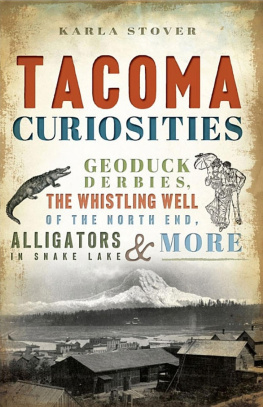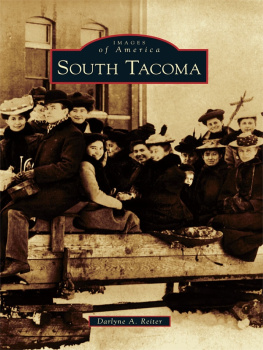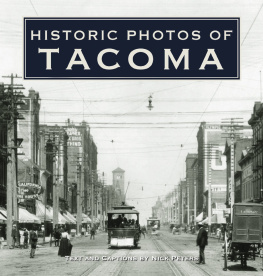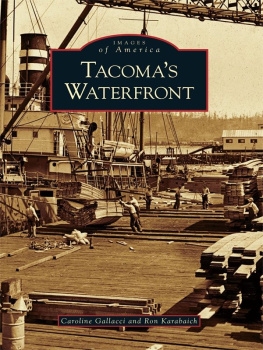


Published by The History Press
Charleston, SC
www.historypress.com
Copyright 2021 by Karla Stover
All rights reserved
First published 2021
E-Book year 2021
ISBN 978.1.4396.7281.5
Library of Congress Control Number: 2021934321
Print Edition ISBN 978.1.4671.4844.3
Notice: The information in this book is true and complete to the best of our knowledge. It is offered without guarantee on the part of the author or The History Press. The author and The History Press disclaim all liability in connection with the use of this book.
All rights reserved. No part of this book may be reproduced or transmitted in any form whatsoever without prior written permission from the publisher except in the case of brief quotations embodied in critical articles and reviews.
To my husband, Ed, who helps me with the research, and my brother, Tom Wakefield, who died while this was being written. And to my parents, who loved history and loved to read and shared them both with me.
CONTENTS
INTRODUCTION
First as a territory and then as a state, Washington was (and still is) unique among the lower forty-eight states, thanks to its bordering a foreign country on the north and being almost split in half by Puget Sounda uniqueness that seemed to invite bootleggers, smugglers, gangsters and various other miscreants. The malefactors loved nothing more than a port town such as Tacoma with its hard-living loggers, railroad men, seafarers and miners. When an old-growth cedar was felled, people hollowed out the trunks, added a roof and lived in the stump. When the outhouses were gamey enough, men hung their long johns inside because the accumulated odors killed the fleas and other vermin trapped in the fabric. Drunken brawls on Pacific Avenue, raids on brothels, opium dens and gambling establishments occurred regularly. Bootlegging and smuggling, often Chinese laborers but generally alcohol and narcoticsopium, morphine and cocainewere common. Every time laws were passed to ban something, an informal (read illegal) sector sprang up to make it available. And while other waterfront towns began, early on, to clean themselves up, Tacoma kept its bad reputation until well beyond the 1950s.

Typical cedar stump house, vintage photograph.
RAILROAD TIMELINE
July 1, 1862: President Abraham Lincoln signs the Pacific Railway Act to provide federal government support for laying tracks for the first transcontinental railroad, funding to come by authorizing the issuance of government bonds and the grants of land to railroad companies.
July 2, 1864: Congress charters the Northern Pacific Railway Company to connect the Great Lakes with Puget Sound. The railroad is granted a potential 60 million acres of land in exchange for building rail transportation to an undeveloped territory.
1870: The Northern Pacific makes Jay Cooke and Company its exclusive bond agent.
1870: Brigadier General John W. Sprague becomes the railroads Western Division general manager.
1870: Northern Pacific Railway scouts come to Cowlitz County to find a place for a terminus on the Columbia River and hope to file for a Donation Land Claim. The claim is a no-go, and the railroad ends up purchasing seven hundred acres in Kalama for its terminus and headquarters.
1873: Jay Cooke and Company overestimates its capital and advances too much money, which precipitates the Panic of 1873. While Congress attempts to revoke the Northern Pacifics land grants, the army has to provide survey and construction crews to protect the laborers from attacking members of the Sioux, Cheyenne, Arapaho and Kiowa tribes.

Tough terrain. Courtesy of the Library of Congress.

One of the first engines on the Northern Pacific line. Courtesy of the Library of Congress.
1873: Backers of the railroad struggle to find financing.
July 4, 1873: Seattles Arthur Denny reads aloud the following telegram: We have located the terminus on Commencement Bay. Work begins immediately and has to be done before the end of 1873.
December 16, 1873: The first steam train arrives in New Tacoma.
THINGS DID NOT GO SMOOTHLY
Building railroads from nowhere to nowhere is not a legitimate business.
Cornelius Vanderbilt, railroad magnate
The railroads land grant depended on having the tracks laid to Tacoma by December 31, 1873. However, when Jay Cooke declared bankruptcy, the payroll dried up. Many of the down-on-their-luck prospectors who were laying the tracks felt that a damned corporation wasnt going to cheat them as geology had done and decided to walk off the job. A remaining skeleton crew carried on until the tracks reached Clover Creek, at which time they barricaded the grade and said they wouldnt work until they received their back wages. The men set up a camp and called it Skookkumville after Edward. S. Skookum Smith, the prime contractor. Skookum was described as a handyman engineer from New York, who would try his hand at anything; sawmills, coal mining, steamships, politics, even building a railroad without cash. But with adequate provisions, the men were prepared to wait it out.
Trouble started in November 1873, when General Sprague and Sheriff D.W.C. Davisson approached the site and tried to remove some of the ties. They were ordered to stop and warned that removing more ties would be at the peril of their lives. Davisson went into a tirade, but Sprague talked to the men and arranged a truce. The next day, Kalama, Washington clergyman W.T. Chapman went to the camp and preached to the workers. He was followed by three trains from Olympia bringing Governor Elisha P. Ferry; Chief Justice Roger S. Greene; retired major Hazard Stevens, attorney for the railroad; J.C. Ainsworth, the Northern Pacifics West Coast manager; and General Sprague. It was 9:00 a.m.; they stayed until 5:00 p.m. Ainsworth did most of the talking and put up $500. The men agreed to accept it plus $5,000 coming by way of the governor, brass and iron tokens good in trade at the Hanson Ackerson Mill and a free excursion over the line to all those who stayed and helped finish laying the tracks to Tacoma.

Brigadier General John Sprague. Courtesy of the Library of Congress.
Skookum Smith was a hard-driving man. During November, he pushed his crew to get the tracks laid into and through Lakewood, past Gravelly Lake and Steilacoom Lake, deciding on a cheaper shortcut down a steep grade instead ofthe longer route along Puget Sound. Then, it was on to New Tacoma, where, on December 15, residents heard the locomotive whistle. The last stake was driven in on December 16, 1873.
Next page
















